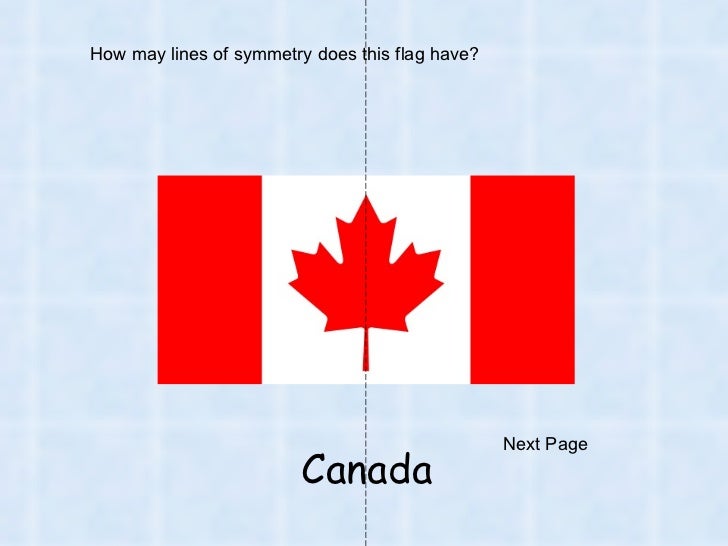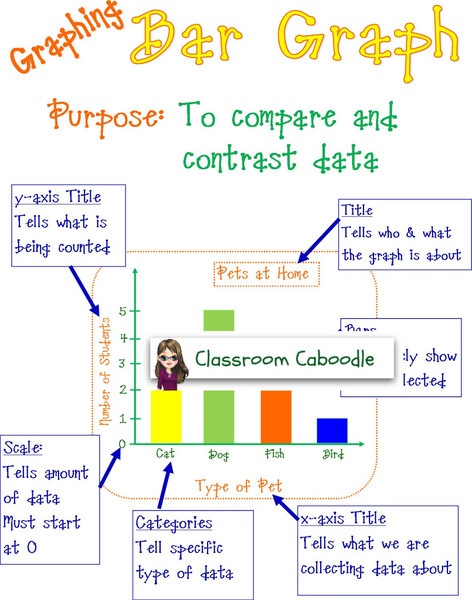Letter to Families
Dear Parents and Caregivers,
We are now ready to begin Unit 2: The Road to Bethlehem in the Growing in Faith, Growing in Christ program for Grade 3. This unit explores the topics of how we wait in joyful hope for the birth of Jesus through the season of Advent, celebrate the glory of Christmas, and continue to carry on the mission that Jesus was sent to do.
This unit will take approximately five weeks. During the unit, students will learn
• how God revealed His promise to send a Messiah through the prophets
• how to prepare ourselves through prayer and penance for Jesus’ second coming
• more about the ancestors of Jesus through the stories of people whose symbols are displayed on the Jesse Tree
• details about and the significance of the events leading up to and surrounding the birth of Jesus
• how God’s grace helped Mary and Joseph make their decisions
• how Jesus’ birth is the fulfillment of the prophecies
• how we are called to share the Good News of Jesus, His birth, and His life with others
• what missionaries do and how we can be missionaries in our own communities
Please speak with your child about what he or she is learning in the classroom and share in the experiences as often as possible.
We value the support you provide in nurturing the faith development of your child































